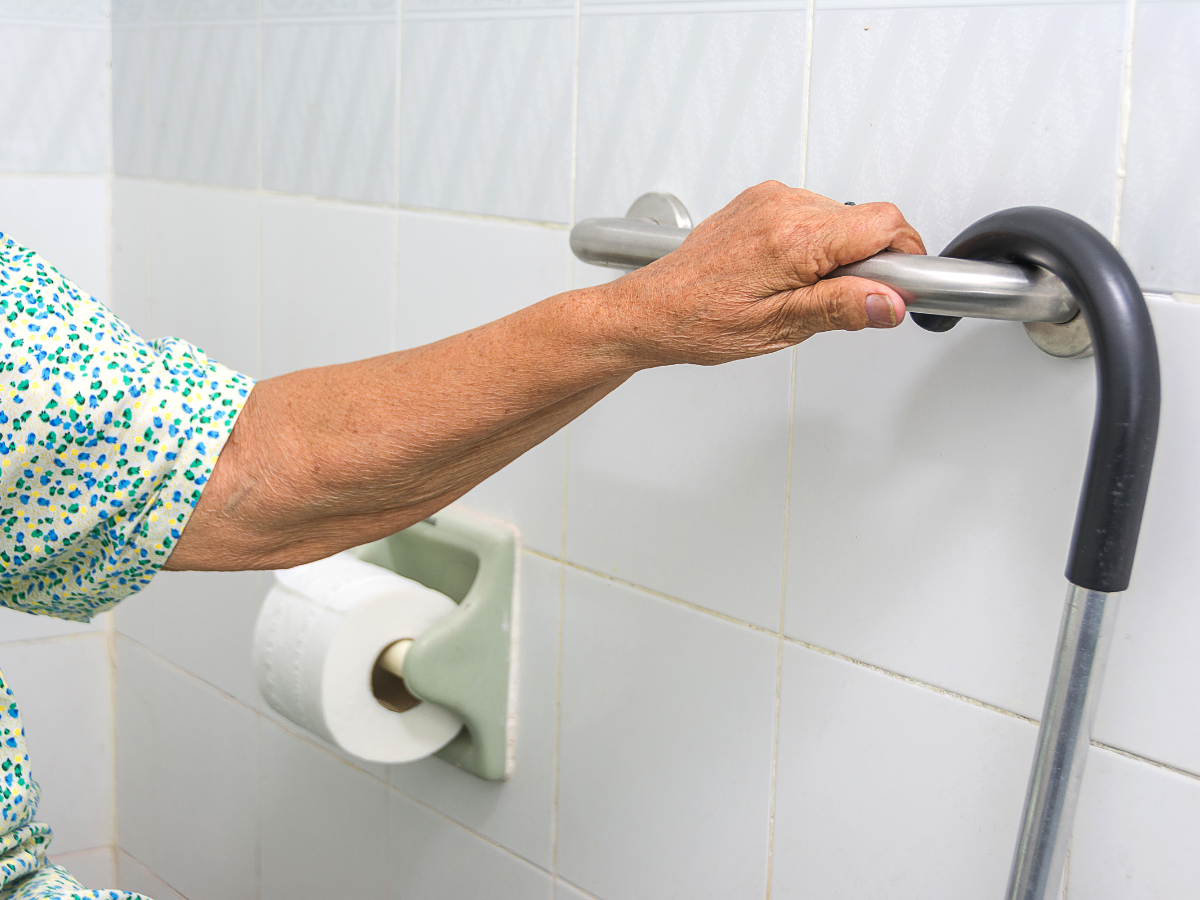For many wheelchair users, the act of bathing is a difficult process. It’s one that often requires the help of a caregiver. Being transferred from the wheelchair to the bathtub is an especially delicate procedure. Naturally, a “safety first” approach must be practiced. However, once a wheelchair user is successfully transferred to the bathtub, the continuation of a delicate approach to bathing is necessary.
Admittedly, this isn’t easy. Especially for elderly wheelchair users, the whole idea of bathing can be one they’d rather forget about. In this week’s blog, we’ll examine some effective ways to make bathing a better experience for wheelchair users.
Here are three:
1. Keep casts or scars dry in the bath.
If your care recipient uses a wheelchair due to a recent injury, bathing can be particularly tricky. As his/her physician has likely informed you, it’s imperative to keep any scarring clean and dry. The same goes for casts. As Invacare’s Switzerland contingent notes, anybody who has had a broken leg or a new surgery scar knows how difficult it is when their doctor tells him/her to not let it get wet.
“Showering or bathing without getting an arm or leg wet is a nightmare, but somebody has invented a cast protection sleeve that can be used on the leg or the arm,” says their website, “It has a seal made of neoprene that stops water getting in, letting you take your bath without performing acrobatics at the same time.”
2. Make the bathtub as comfortable as possible.
Depending on the mobility issue of your care recipient, a bathtub may be an uncomfortable location. If so, you’ll want to take measures to make it as comfortable and cozy a place as possible so that the bathing process isn’t a painful one. Invacare suggests using bath cushions and pillows.
“If you find the hard surfaces of the bath uncomfortable, bath cushions and pillows are inexpensive items that can make a big difference,” they say on their site, “Some of these devices are inflatable, while others are made of materials such as gel. All are safe to use in the bath and can make it a nicer experience if you’re feeling sore.”
3. Use a transfer chair.
“In the event a wheelchair user has a traditional shower tub, there is still equipment designed so they can shower independently,” reports the Christopher & Dana Reeve Foundation, “Shower transfer chairs that sit with 2 feet in the tub and 2 out feature a sliding seat on which a user can sit and then slide themselves over until they are fully positioned in the shower tub area.”
At Advantage Home Health Solutions, we proudly offer bath chairs and transfer benches among many other bathroom accessibility devices. Grab bars, bath lifts and super poles are also available as part of our commitment to assisting wheelchair users with their bathing routines. We also provide more extensive modifications for those who need barrier-free access to their showers.
For more information, please don’t hesitate to give us a call at 403-460-5438. You may also email us by filling out the form on our Contact page!




